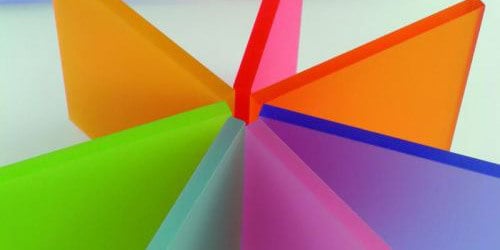
This transparent material has countless applications in a number of industries, and although it is soon to turn an impressive 80 years old, it is still relevant. To be correct, we must note that Plexiglas is actually one of the many trade names for the chemical compound PolyMethyl MethAcrylate, or PMMA for short. This material is so widespread today that there is hardly anyone who does not know what it is. Just in case, however, we will mention that this is a transparent synthetic plastic material that is often used as a substitute for the relatively more fragile glass.
PMMA, also known as acrylic glass, was invented by scientists from various laboratories back in 1928. In 1933, the American company “Rhom & Haas” began mass production of the material and launched it on the market under the name Plexiglas™, by which many know it to this day. The other companies that entered the business later began to offer it under the trade names: Lucid, Limacryl, Perspex, Acrylex, Akrilite, Altuglas, Policril, Plazcryl, etc.
Our company specializes in the trade and distribution of all types of plexiglass. See here.
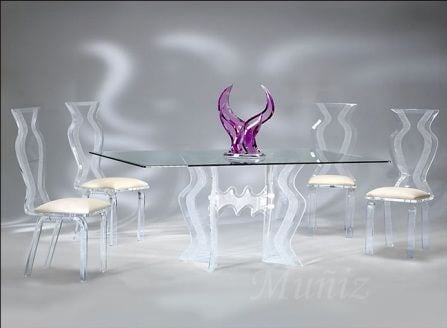 Plexiglas is an amazing material. It has approximately twice the density of glass, making it lighter. At the same time, softer and correspondingly more sensitive to scratches. It is extremely resistant to external influences (moisture, temperature changes, etc.), but is susceptible to organic solvents. Above 100 degrees Celsius, PMMA becomes plastic and amenable to processing. In addition, it is relatively easy to cut and engrave. Being nearly transparent, the material lets through nearly 92 percent of the sun’s rays. It filters the infrared spectrum, while at the same time, the glass lets them through to 99%. And despite pressure from modern polymers, Plexiglas is in high demand because it does not contain the potentially dangerous bisphenol A.
Plexiglas is an amazing material. It has approximately twice the density of glass, making it lighter. At the same time, softer and correspondingly more sensitive to scratches. It is extremely resistant to external influences (moisture, temperature changes, etc.), but is susceptible to organic solvents. Above 100 degrees Celsius, PMMA becomes plastic and amenable to processing. In addition, it is relatively easy to cut and engrave. Being nearly transparent, the material lets through nearly 92 percent of the sun’s rays. It filters the infrared spectrum, while at the same time, the glass lets them through to 99%. And despite pressure from modern polymers, Plexiglas is in high demand because it does not contain the potentially dangerous bisphenol A.
Making advertising signs and letters is quick and easy with Plexiglas
The fact that it is almost transparent makes it a perfect material for signs with neon or LED lighting. Its light weight allows thicker panels to be installed if needed. Its proven resistance to atmospheric influences guarantees a long life for the suspended advertisement. Easy processing of Plexiglas is also a serious plus. Thus, designers can fulfill even the most whimsical wishes of customers for a luminous logo or an inscription with a non-standard font. In addition, acrylic glass can be painted in different colors or covered with additional elements. With modern Plexiglas processing methods can be created detailed, high-resolution photos on it.

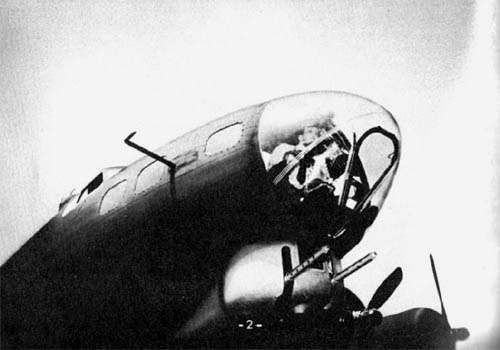 Naturally, the first to take advantage of the amazing qualities of Plexiglas were the military engineers. In World War II, it was used to make submarine periscopes, car windows, and airplane hatches. Thanks to this material, a real breakthrough in the development of flying machines was achieved. It was thanks to plexiglass that the creation of the legendary B-17 bomber, known as the Flying Fortress, was possible. This aircraft’s signature transparent nose, equipped with machine guns, was made entirely of Plexiglas. Due to its amazing durability, the material was also used in the hatch of the Trieste bathyscaphe, which amazed the world by reaching the bottom of the Mariana Trench. Today, Plexiglas and its derivatives are popular materials for protecting police officers and cars during street riots.
Naturally, the first to take advantage of the amazing qualities of Plexiglas were the military engineers. In World War II, it was used to make submarine periscopes, car windows, and airplane hatches. Thanks to this material, a real breakthrough in the development of flying machines was achieved. It was thanks to plexiglass that the creation of the legendary B-17 bomber, known as the Flying Fortress, was possible. This aircraft’s signature transparent nose, equipped with machine guns, was made entirely of Plexiglas. Due to its amazing durability, the material was also used in the hatch of the Trieste bathyscaphe, which amazed the world by reaching the bottom of the Mariana Trench. Today, Plexiglas and its derivatives are popular materials for protecting police officers and cars during street riots.
Over time, PMMA found wide application and established itself as the main advertising material in some branches of the light industry, interior design, and outdoor advertising. Most of the large aquariums in the various recreational and research centers are made of Plexiglas. In addition to the pressure of the tons of water, the acrylic glass enclosures also keep the puck on the field during hockey games.
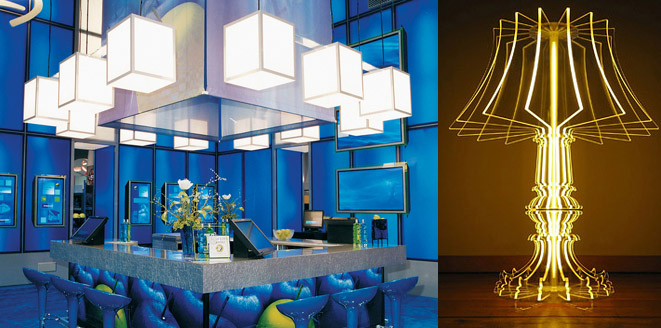
Plexiglas is also used in medicine
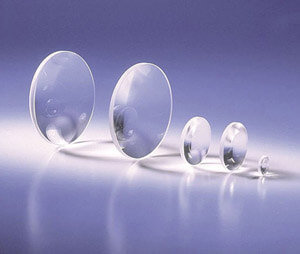 It is also possible that you are reading this article thanks to Plexiglas, as it is used to make rigid contact lenses. The compatibility of the material with human tissues was noticed as early as the Second World War. Doctors then discovered that fighter pilots with PMMA domes did not suffer from infections when shavings got into their eyes. At the same time, the glass domes and their debris inflicted heavy damage on the other aviators. Thus the material was discovered for medicine. Today, plexiglass is used as a substitute for the eye lens in surgeries after cataract disease. The polymer is also used in the production of eye prostheses.
It is also possible that you are reading this article thanks to Plexiglas, as it is used to make rigid contact lenses. The compatibility of the material with human tissues was noticed as early as the Second World War. Doctors then discovered that fighter pilots with PMMA domes did not suffer from infections when shavings got into their eyes. At the same time, the glass domes and their debris inflicted heavy damage on the other aviators. Thus the material was discovered for medicine. Today, plexiglass is used as a substitute for the eye lens in surgeries after cataract disease. The polymer is also used in the production of eye prostheses.
In orthopedics, Plexiglas cement is used to attach implants or model lost bones. In plastic surgery, microscopic PMMA capsules are included in products that are injected subcutaneously to permanently smooth out wrinkles, scars, or other imperfections. Dentures are also often made of Plexiglas and are color-matched to the color of the patient’s teeth. Filling materials after dental procedures also contain this polymer.
Furniture, lamps, even works of art are made from Plexiglas
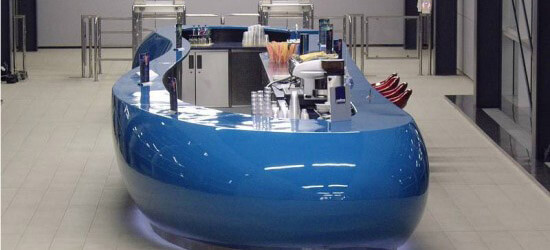 In the 1960s and 1970s, furniture manufacturers incorporated plexiglass into their products. The goal was to convey a more modern “cosmic” look to the usual household items. This trend has continued to this day, especially in the creation of designer chairs. In the middle of the last century, synthetic materials became very popular for making jewelry. In fact, plexiglass beads can still be found in jewelry stores today. Because of its ease of processing, acrylic glass is also making a name for itself in art circles. It appeals to a number of artists and musicians. The proof is the fact that Salvador Dali created several of his works on Perspex sheets. PMMA is also used in the manufacture of various musical instruments. In the 1960s, luthier Dan Armstrong made a series of futuristic electric guitars and basses entirely out of Plexiglas. The Ludwig-Musser company creates “Vistalights” acrylic drums, which were used by the drummer of the legendary Led Zeppelin – John Bonham. Today, Lady Gaga generously uses polymers.
In the 1960s and 1970s, furniture manufacturers incorporated plexiglass into their products. The goal was to convey a more modern “cosmic” look to the usual household items. This trend has continued to this day, especially in the creation of designer chairs. In the middle of the last century, synthetic materials became very popular for making jewelry. In fact, plexiglass beads can still be found in jewelry stores today. Because of its ease of processing, acrylic glass is also making a name for itself in art circles. It appeals to a number of artists and musicians. The proof is the fact that Salvador Dali created several of his works on Perspex sheets. PMMA is also used in the manufacture of various musical instruments. In the 1960s, luthier Dan Armstrong made a series of futuristic electric guitars and basses entirely out of Plexiglas. The Ludwig-Musser company creates “Vistalights” acrylic drums, which were used by the drummer of the legendary Led Zeppelin – John Bonham. Today, Lady Gaga generously uses polymers.
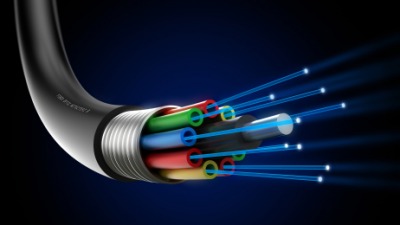 Plexiglas is also used in making optical media. Most CDs and DVDs have acrylic layers. PMMA is also used to make optical cables, which are used to transmit information over short distances or in places where a more flexible connection is required. This is preferred by many professionals as a cheaper and lighter alternative to fiberglass.
Plexiglas is also used in making optical media. Most CDs and DVDs have acrylic layers. PMMA is also used to make optical cables, which are used to transmit information over short distances or in places where a more flexible connection is required. This is preferred by many professionals as a cheaper and lighter alternative to fiberglass.
In 1995, thanks to plexiglass microcapsules, tattoo ink was invented that glows in ultraviolet light. In addition, the material has also become indispensable to the porn industry. Many of the ladies in the industry pose for the cameras wearing signature shoes with clear Plexiglas platforms. Acrylic is also included in the composition of their artificial nails. And what do you think transparent sex toys are made of?







